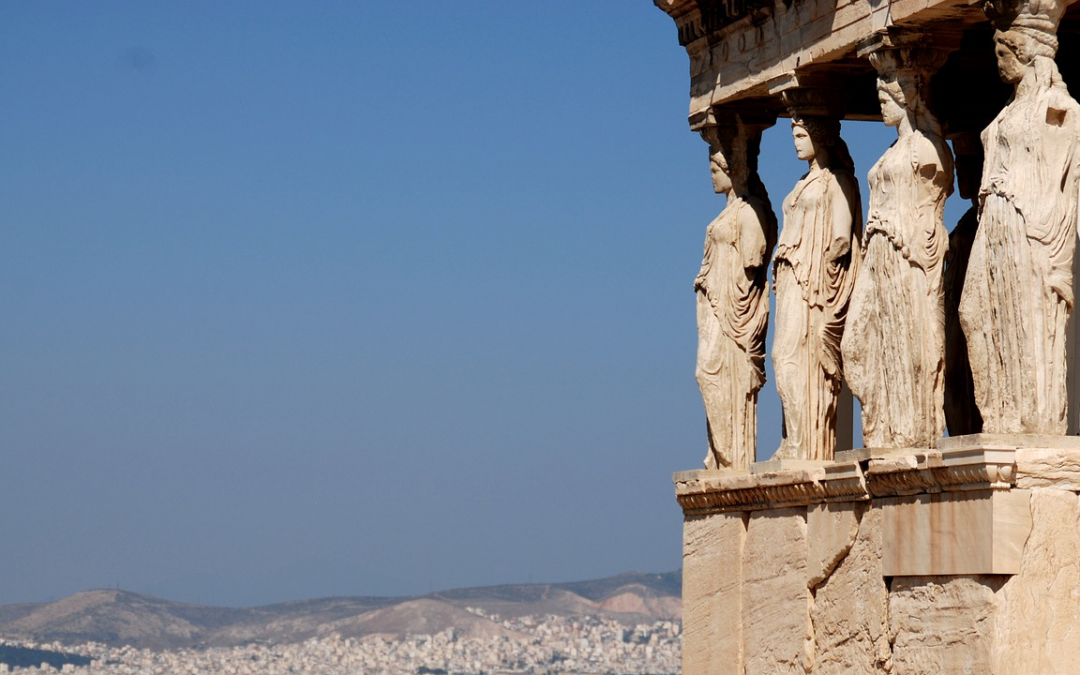We tend to think of Rome as the classic example of an old city that has managed to live on into the modern world. But the truth is, there are many examples of European cities much older than Rome – some by thousands of years. Unsurprisingly, most of the oldest cities in Europe to still be inhabited are Greek. Greek civilization thrived long before anywhere else in Europe did. The sheer amount of Greek city states has guaranteed that a handful have survived, just via probability. In this article I thought it would be interesting to look at the ten oldest cities in Europe that are still lived in and can be easily visited. So here they are.
10: Zadar, Croatia
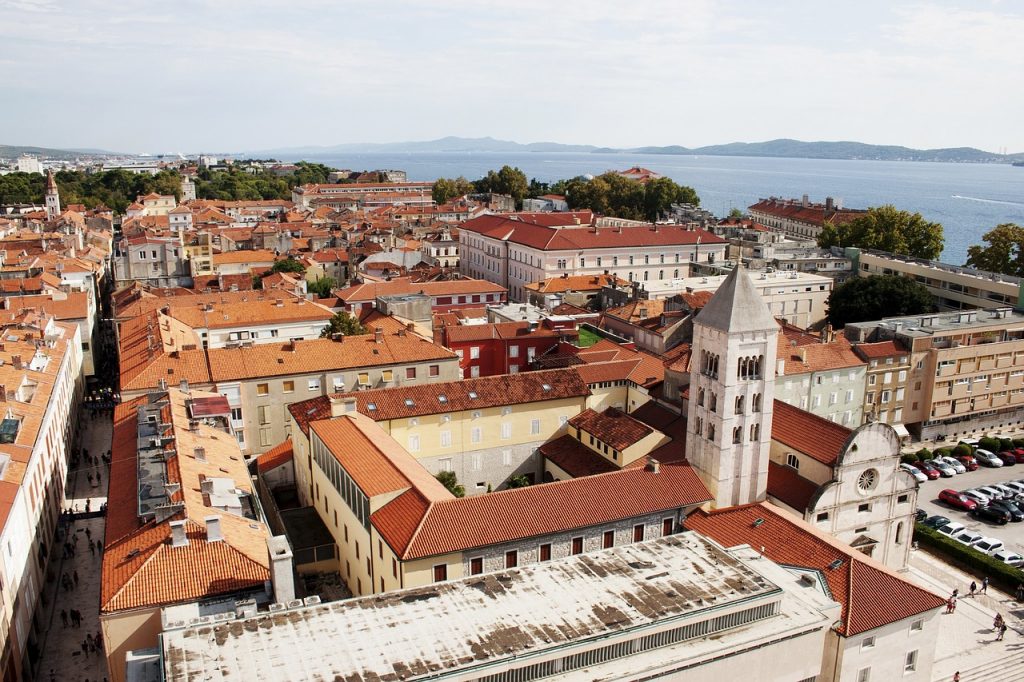
Settled in the 9th century BC, Zadar was originally home to an ethnic group known as the Liburnians. Not much is known of them, but they settled the coast of modern Croatia and lived a plentiful life, as renowned seafarers. The Liburnians were sort of like Mediterranean Vikings, becoming notorious for their lightning fast raids of foreign settlements. Through this they posed a serious annoyance for both Greek and Roman settlements.
Perhaps this is why Rome invited foreign barbarian groups to settle in their homeland. Over time, the presence of foreign barbarians diluted Liburnians populations and the culture faded. Zadar continued to grow as a Roman outpost until it developed further into a city. Many different cultures have reigned in Zadar, as with most of the oldest cities in Europe and elsewhere. But despite the countless changes and possible disasters, Zadar survived and generally continued to grow. Today she is indisputably among Croatia’s most important urban centers.
9: Nicosia, Cyprus
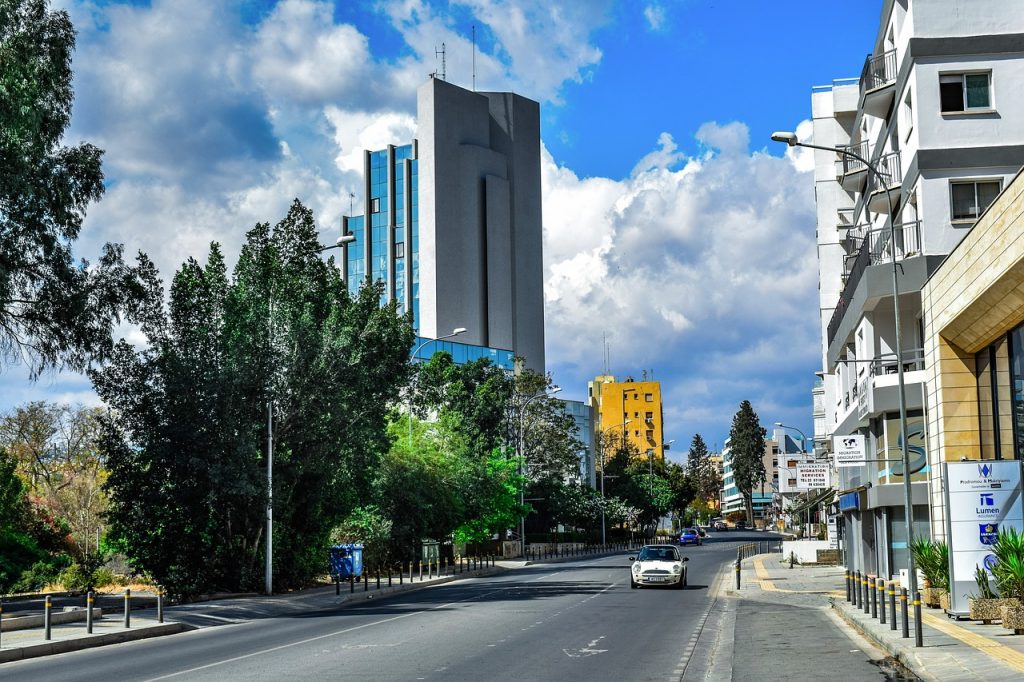
Nicosia is the capital of both Cyprus and the unrecognized rogue state of Northern Cyprus. Since 1974 the city has been split between these two administrations, with a UN buffer zone separating them. This is why the Nicosia has no airport. Turkey is the only country to recognize Northern Cyprus – the rest of the world consider it a Turkish military occupation of Cyprus’ territory. It’s a shame because Nicosia is one of the most beautiful and oldest cities in Europe, being continuously inhabited for over 4 and a half thousand years. The exact origins of Nicosia are hard to trace, but before long it was a Greek city state.
At the time, Greece was a civilization, rather than a country or empire, with Greek settlements strewn across the Mediterranean. So it’s no surprise a city state or two flourished on Cyprus. Nicosia further grew under Roman control, and the occupation of several other empires in due time. These included the Ottomans and most recently the British. As Cyprus was an important base for Christendom during the crusades, Nicosia today still boast many visible relics to that era. It’s an amazing city, which makes her partition even more tragic. Still… the dream of a united Cyprus lives on. Perhaps soon Nicosia will be whole again.
8: Lisbon, Portugal
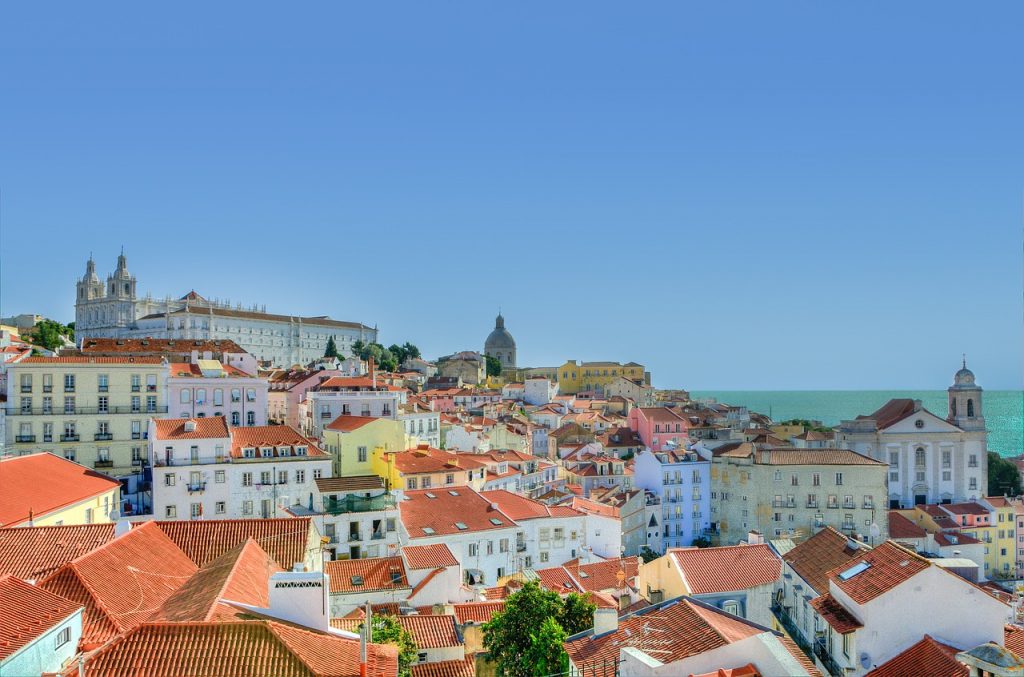
With Portugal being a relatively young society by European standards you might not think of Lisbon being old. But much has been made in recent years of Lisbon being among the oldest cities in Europe – with some claiming she is the oldest. Like most of the world’s oldest cities, it’s hard to say who first settled Lisbon. It’s been proven that Phoenician peoples inhabited what is now Lisbon from at least 1200 BC. Lisbon then was under Greek and Roman administration. After that it fell under Muslim rule, when most of Spain and Portugal were Islamic lands.
But only when Portugal became an independent kingdom and eventually grew into a global empire that Lisbon flourished. As a global capital city, she developed like never before, giving rise to the Lisbon we now see. But then disaster struck. In 1755 a massive earthquake struck and destroyed more than 80 percent of the city. Still it was capital of a wealthy empire, and so was rebuilt. But Lisbon would never be the same.
7: Trikala, Greece
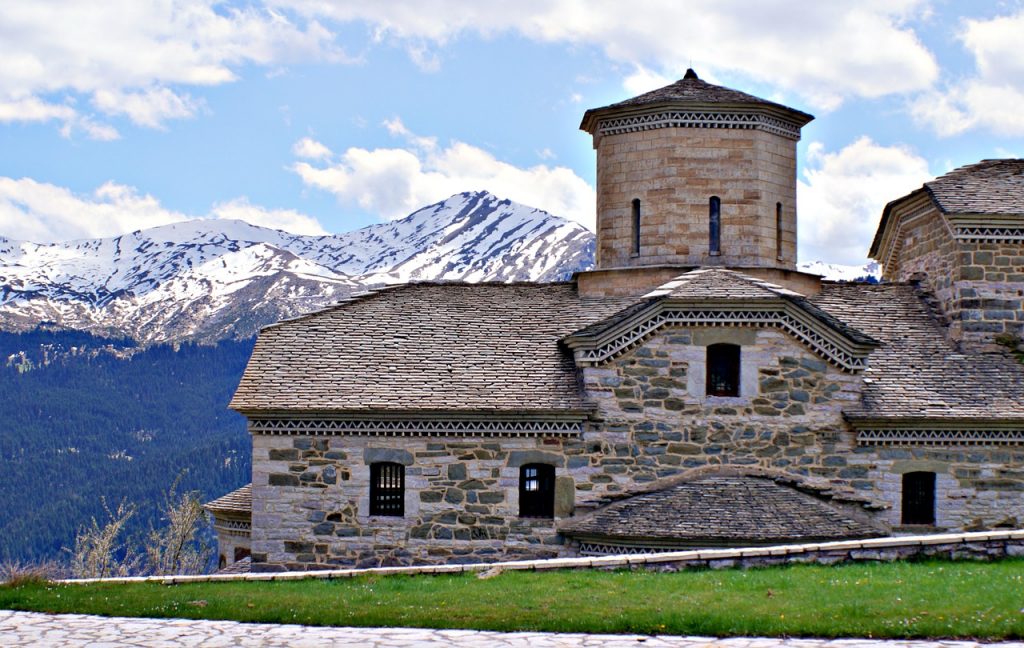
It’s not exactly the most well known Greek city but Trikala has a much richer history than almost anywhere else. Named after Trikka, daughter of an ancient river god, Trikala was mentioned in Homer’s Illiad, as an important regional power. Somehow the city became known for it’s wealth, especially in the Roman era. Thanks to this, Trikala was raided by numerous foreign soldiers several hundred times. While Greece was part of the Ottoman empire, the city was known as Tirhala. Eight different mosques were built there, but only one remains today. This is partly because Trikala was the site of multiple Greek nationalist and Christian uprisings against Ottoman rule. The other mosques were destroyed as the Greek independence movement spread. This was probably the last glimpse of importance Trikala would see. But still today she remains a moderately sized city in Greece.
6: Larnaca, Cyprus
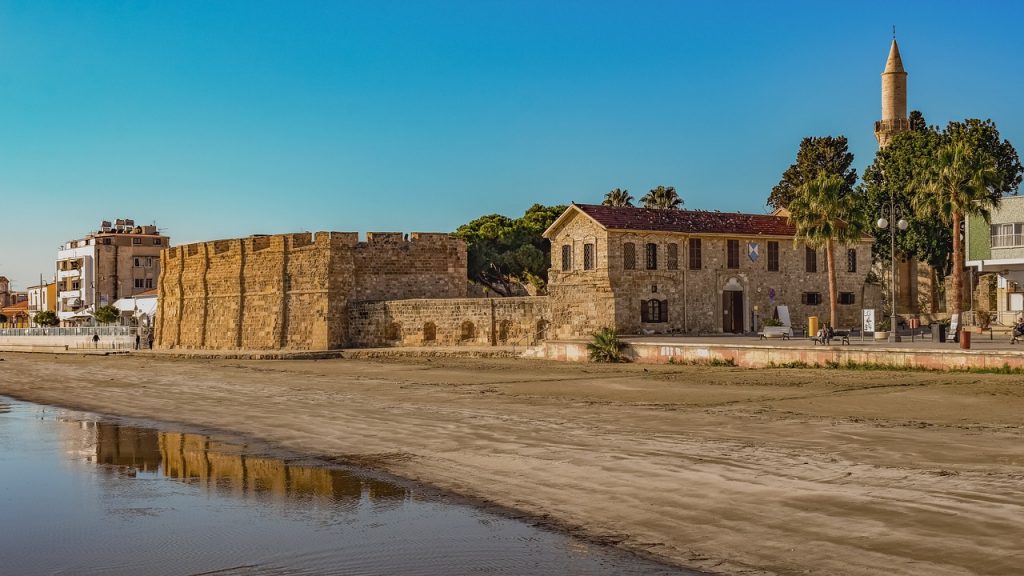
Another important city in the Republic of Cyprus, Larnaca was also settled by ancient Greeks. Founded in the 13th century BC, what is was Larnaca was then called Kition. Kition was a fairly unimportant Greek city state but is known for some things. Among them is their most renowned philosopher – Zeno of Kition. Although at first an important mining and export hub for copper, Kition was relatively short lived in any real way. It lived on much longer as a small settlement just getting by.
However, given that it has been in existence for so long, Larnaca has had more than enough time to grow. Kition was destroyed and rebuilt by local invaders multiple times, as many nearby empires of the Mediterranean wished to control Cyprus. For this reason, very little of the ancient city remains. Today Larnaca is home to the primary international airport of Cyprus, seeing as Nicosia simply doesn’t have one. Because of this, Larnaca has once again become an important city in the eyes of foreigners.
5: Thebes, Greece
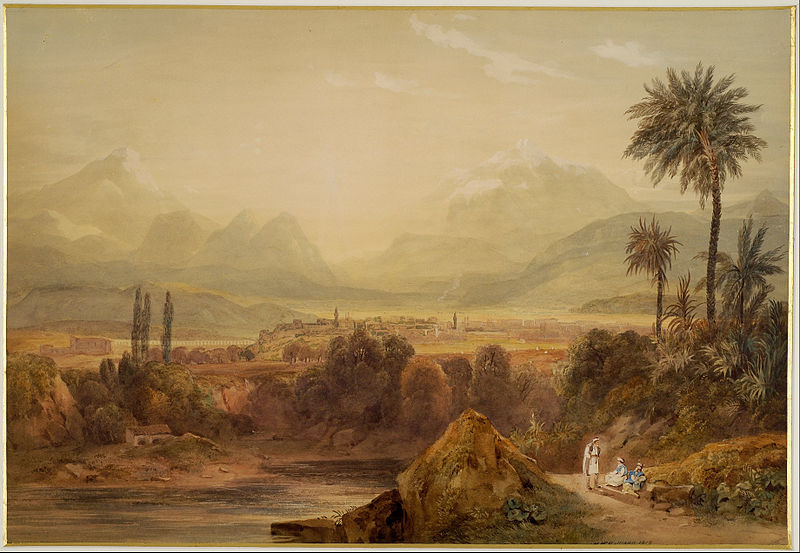
Thebes is one of the classic Greek city states, up there with Athens and Sparta. The story is Thebes is interesting in part to their constantly shifting alliances. During the Persian wars, Thebes sided with Persia against the Greek alliance led by Athens and Sparta. Then then allied with Sparta against Athens. And then Athens against Sparta. But then they fought everyone and basically became the dominant military force in Greece until Philip of Macedon conquered the region with his son Alexander the Great.
Being the dominant power, Thebes resisted the incoming Macedonian force, which ended badly as Alexander destroyed the entire city. So that wasn’t good. Still today the ruins of this period can be seen within the city. Cassander, the successor of Alexander, re-established Thebes, seeing it’s destruction as a moral wrong. Thebes was now once again in existence. But it would never again be any kind of power in Greece – just a relatively small and insignificant city.
4: Chania, Greece
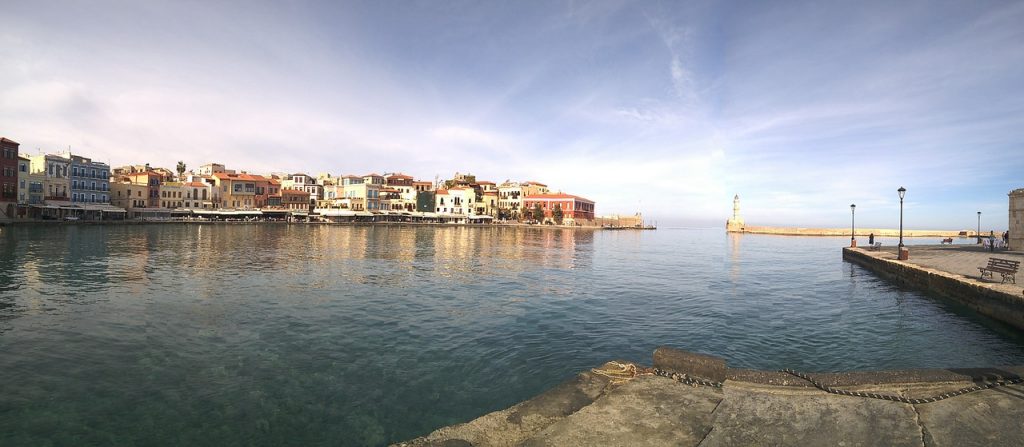
Standing on the island of Crete, Chania was once known as Kydonia. Kydonia was established some time between the 18th and 15th centuries BC. Kydonia was among a handful of Ancient Greek cities battling with each other for domination on the island of Crete. But to be honest, not much seems to have happened here. By the 13th century, the entire island of Crete was sold by a Greek king to the Republic of Venice. Venice at the time controlled a vast trading empire, with territory including Cyprus and much of Greece.
Their rule was oppressive more often than not to local populations, but their trading and seafaring culture helped occupied communities grow stronger. Without a doubt, Chania was among these communities. They built strong defensive walls that can still be seen today. Unfortunately the walls were not enough to protect the area from Ottoman invasion, and so Chania fell under foreign rule once more. Chania today is a beautiful city. As with all of the oldest cities in Europe, buildings and landmarks from different eras pepper it’s landscape. These include Venetian ship yards, an Ottoman dock yard, and traditional Greek architecture.
3: Athens, Greece
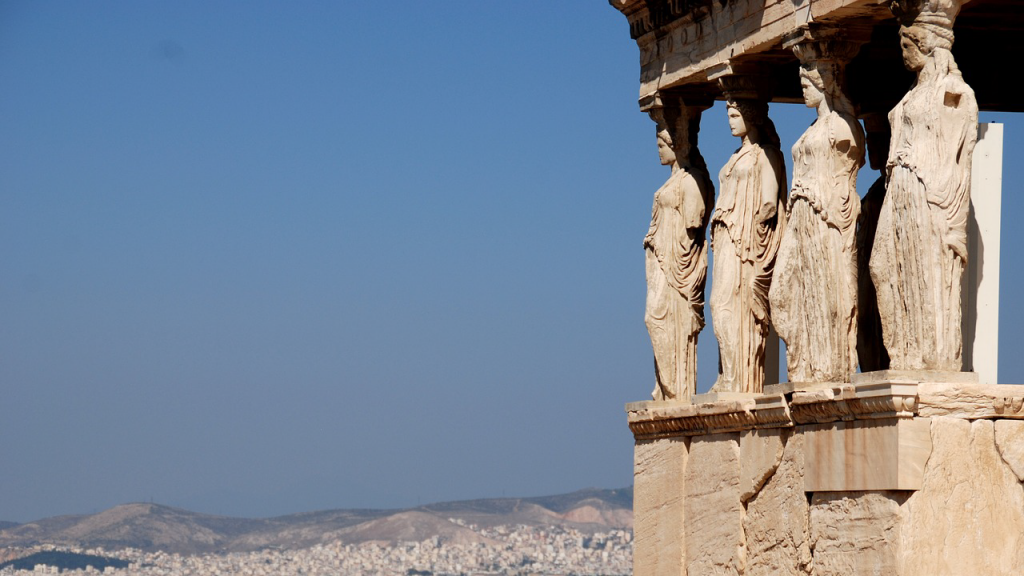
Athens: the big daddy of ancient Greek city states. We really don’t know when human occupation of Athens began, but written records began to emerge around 1400 BC. Generally it is accepted that Athens has been continuously occupied by humans for over 7 thousand years. It’s hard to say because after the bronze age there was a long period where no writing system existed. Luckily, Athens eventually came up with a new written language. This city was where democracy was born, it was where some of the greatest philosophers poets and artists of the ancient world were born and died. Still, Athens was just one of a handful of Greek city states. It was only when Persia invaded Greece that Athens became known as any kind of power player in Greece.
Athens met the Persians in battle, using cunning and careful strategy to defeat the enemy. As far as others in Greece were concerned, Persia should have blown through the Athenians. From now Athens was a serious force to be reckoned with. They fought a long war for dominance with another city state of the time – Sparta. Against all odds, Athens won, which is why she still exists among the oldest cities in Europe. Perhaps if Sparta had won, they would hold that position today and Athens would be but a memory. Athens now extended into an empire, sending settlers across the Mediterranean. The story of Athens was just beginning, and today she remains the capital city of Greece.
2: Argos, Greece
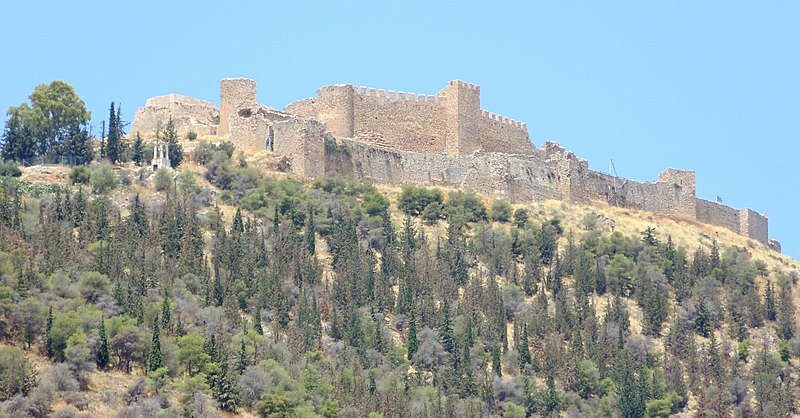
Yet another ancient Greek city state, Argos was no Athens – but was still a key player in the wars between Athens and Sparta. Located on the Peloponnese peninsula, along with Sparta and Corinth, Argos was in a constant rivalry with it’s neighbors for supremacy. However Sparta proved to be too much of a military threat for Argos to challenge alone. So Argos chose to stay neutral when Persia invaded Greece – hoping Persia would destroy Sparta and pave the way for Argosian dominance in the area.
Clearly this did not happen. It backfired, and Argos was largely shunned by the rest of Greek society. Yet still Argos remained important, as a major military garrison with rich and fertile lands. So Sparta and Athens constantly lured Argos over to their side in the hope it would tip the scales in the war between them. This is just a brief glimpse of a brief chapter of Argos’ long history. Her population today stands at around 23 thousand, and is a popular tourist destination for obvious reasons.
1: Plovdiv, Bulgaria
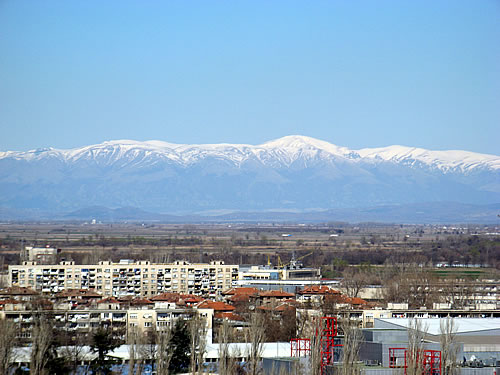
You probably didn’t expect any of the oldest cities in Europe to be in Bulgaria, but the region has a lot of history so to me this is no surprise. Plovdiv is Bulgaria’s second largest city, with a current population over 350 thousand. Even a brief walk through the city will inform you of it’s grand history – with an ancient Roman theater, narrow medieval streets, and monuments to long dead Bulgarian rulers. Plovdiv has been occupied by humans since at least 5000 BC. As a Thracian settlement, ancient foundations have been found dating from then. Philip of Macedon, father of Alexander, conquered Plovdiv during his expansion of the Kingdom of Macedonia. For over a thousand years Plovdiv would now be considered part of Macedonia. It was only centuries later when Ethnic Bulgarians came to rule the region did the cultural feel of the city change.
Oldest Cities in
Africa
Asia
America

